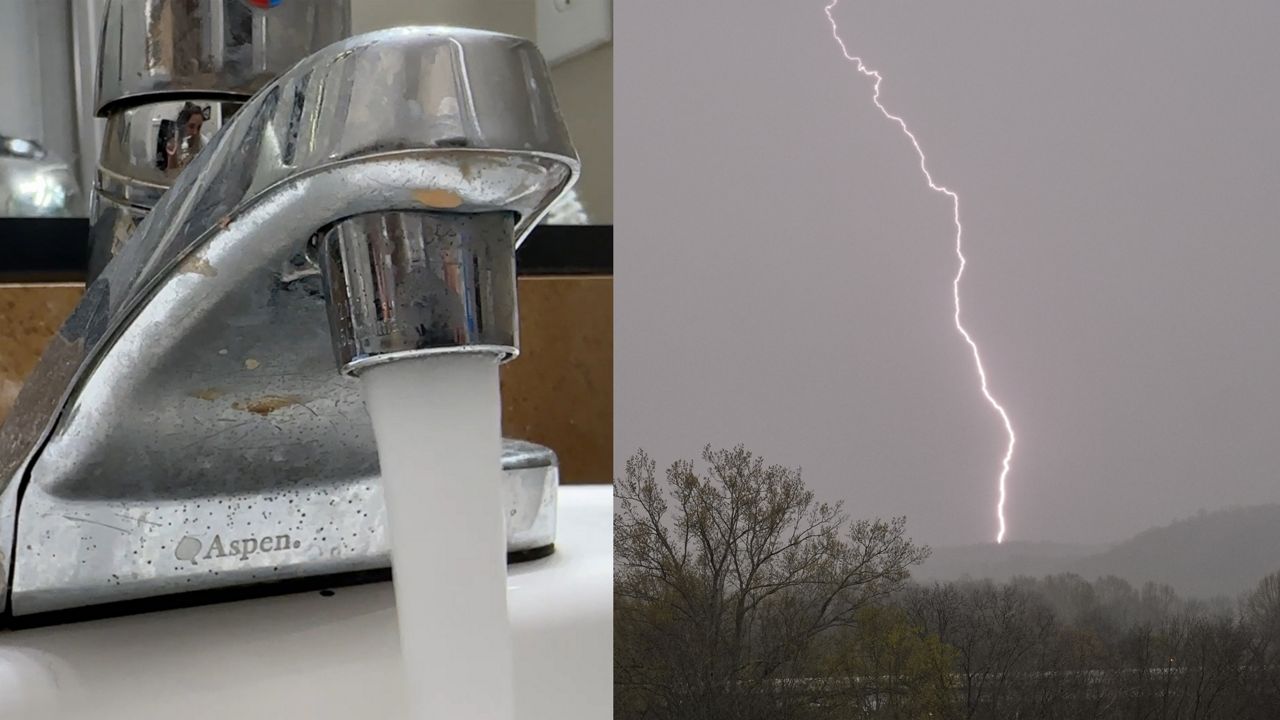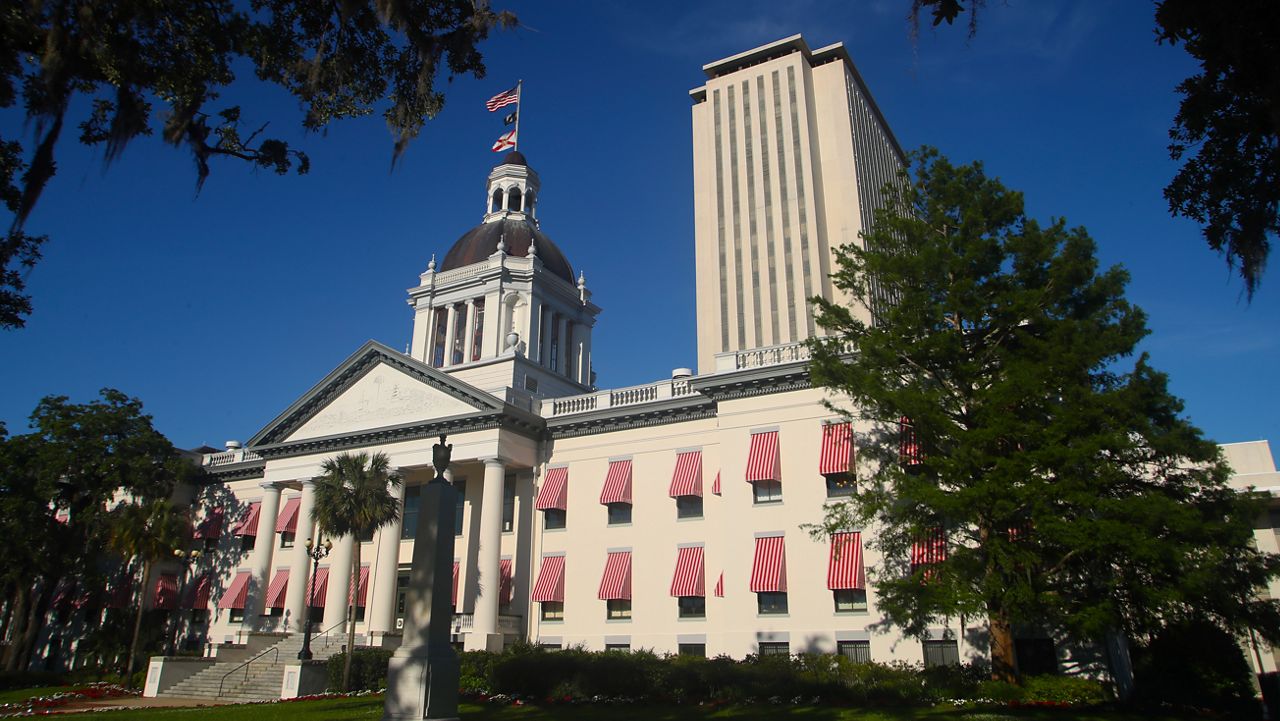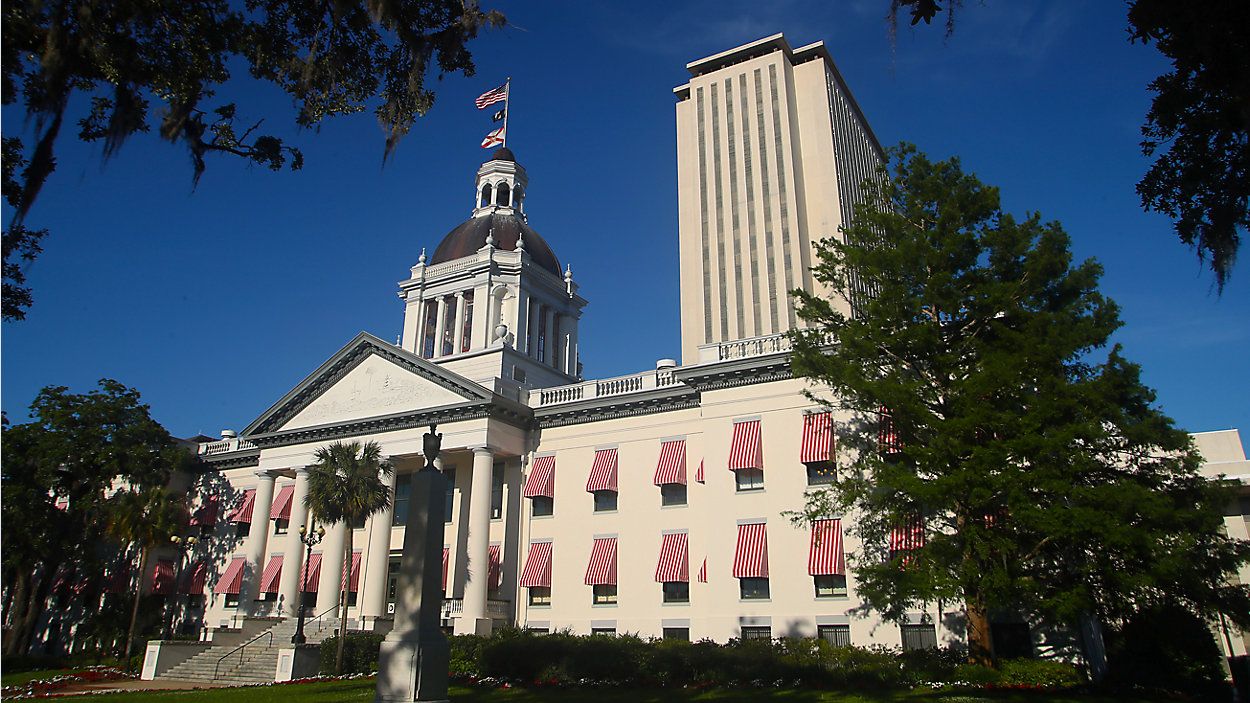ST. PETERSBURG, Fla. — Researchers at University of South Florida’s College of Marine Science in St. Petersburg are undertaking a five-year study of fish in Tampa Bay.
They are looking at what kind of contaminates may be hidden in the fish.
What You Need To Know
- USF College of Marine Science is conducting a 5-year study of fish in Tampa Bay
- Researchers are looking at what kind of contaminates are found in the fish
- Species being examined include snook, redfish, spotted seatrout, and sheepshead
The Tampa Bay Surveillance Project will examine several popular species of fish, including snook, redfish, spotted seatrout, and sheepshead.
Researchers are working with fishing charter captains to find some of the best spots to fish.
After the fish are caught, they are taken back to the university’s lab for testing of contaminants like PFAS, which is considered “forever chemicals.”
Researchers are trying to catch fish in different areas of Tampa Bay to get a better idea of where some of the contaminants are coming from.
The preliminary results could come as soon as the end of the year.
From this study, USF can help develop risk assessments for safer seafood consumption.
They’ll also inform environmental and water management agencies about their findings to assist with developing better management and longer-term monitoring of the bay.











